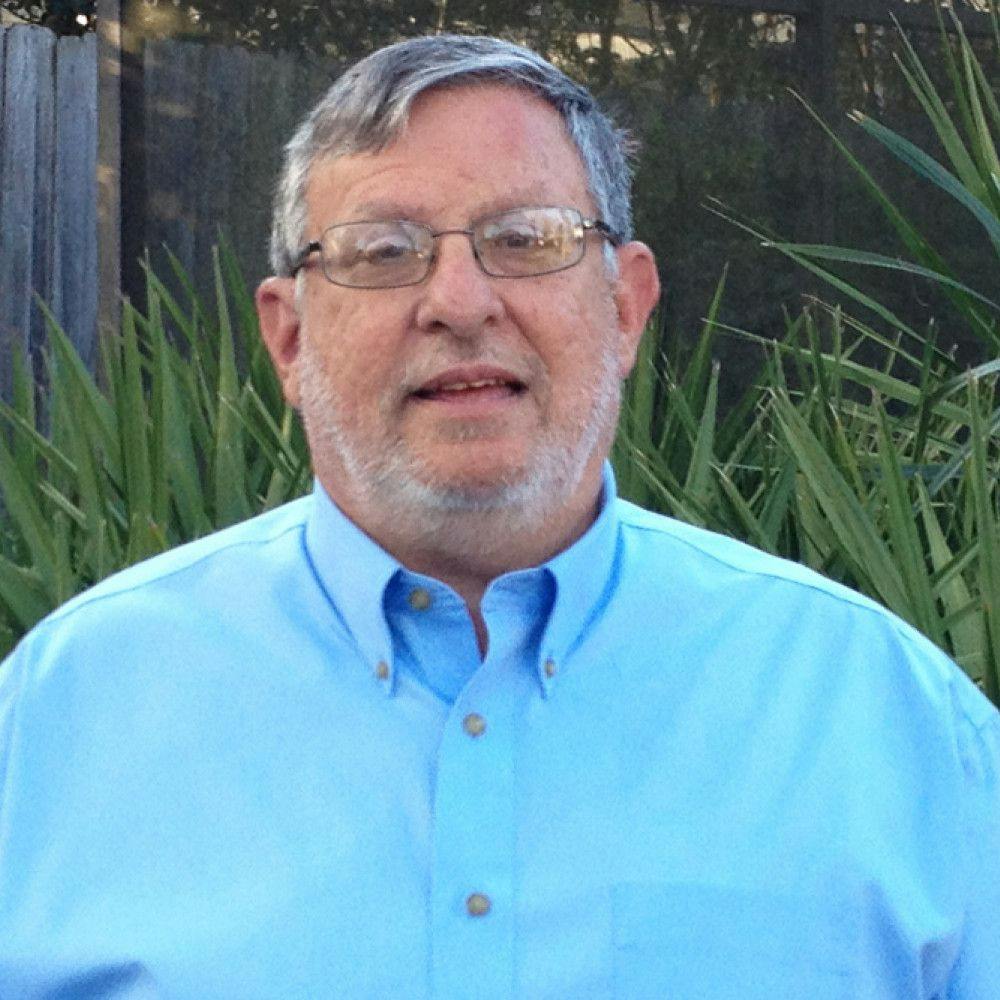July 22, 2019The Highway Capacity Manual - Future Changes Are Coming and Is It Still Relevant?

After serving on Sub-Committees since 1985, Dane Ismart was appointed by the Transportation Research Board (TRB) to the Highway Capacity and Quality of Service Committee. Over these decades, Dane has seen significant changes in the Highway Capacity Manual (HCM) and the role it plays in traffic engineering.
When Dane first started working with the committee, methods to be included in the manual for determining level of service (LOS) and capacity had to be simple enough for the user to manually calculate an answer. However, time has brought many changes to the procedures used to determine level of service (LOS), including methods that can only be calculated using software.
After attending the mid-year committee meeting held in San Diego, several changes were discussed that may be included in the manual soon. First, a new two-lane rural procedure was recently approved by the committee. This new procedure is more concise than the old procedure which uses multiple adjustment factors and one equation after another to arrive at a LOS. The question that remains is will the procedures both old or new will be used by the industry?
Having worked in the industry for 50 years, Dane’s impression is that most states make determinations as to whether a two-lane rural road should be improved or expanded based on Average Annual Daily Traffic (AADT). When AADT volumes range between 8,000 to 12,000, serious consideration is given to improving the facility by the state. Capacity and LOS play a minor role in the decision-making process. Consider a rural two-lane road where traffic in this scenario, two of the three measures of roadway effectiveness (traffic delays and percent time following) for rural roads, would be considered intolerable well before the maximum capacity is reached.
Additionally, other potential changes are anticipated to the weaving and interchange analysis procedures. Research is currently either under consideration or ongoing. The results of this research may be complete and incorporated in the manual within two years. The proposed new interchange analysis procedure was presented to the committee in San Diego; however, the research is not complete.
Two relatively new issues concerning capacity were also discussed at the mid-year meeting. First, there is the issue of reliability. Over the decades, Dane has seen many fads. Some fads have endured while others have faded away. Reliability has entered the world of capacity. The new equations on capacity are permeated with variables to address reliability. The type of weather and non-recurring incidents are reliability factors included in the equations. However, the option remains whether to include them when applying the manual. For most studies, capacity is still determined under ideal or base conditions but, the manual does have the flexibility to apply these additional reliability factors.
The second new issue discussed concerned the impact of automated/connected vehicles on roadway capacity. Preliminary research has indicated it will take approximately 50 years for the systems to penetrate and make a significant difference in roadway capacity. In fact, when automated vehicles are a small percentage of the vehicle fleet, maximum capacity may be reduced. This will certainly be explored in the coming years with more precision and analysis.
The biggest existential threat facing the committee concerned the manuals relevance. Increased complexity, along with the voluminous nature of the manual and the rise of microsimulation models have reduced the application of the manual. The point to remember is that the manual is a guide. However, most states use it as policy. Ironically, they allow the use of software such as Vissim, Synchro, Transmodeler, and other operational models. Modelers should tread with caution as most microsimulation models do not replicate the results of the HCM but is useful for sensitivity testing of scenarios. Instead, modelers should consider using the new model application of the HCS software.The results of the HCS model will replicate the results of the HCM.A new model is available through McTrans that converts the results of HCS to a format that can automatically be run in TransModeler to create a traffic simulation. Automated conversion of the HCS results to simulation models may be the way of the future for the HCM to retain its relevance. Typical applications from the model simulation are usually expensive and time-consuming. The new HCS model tied into the simulation model with automatic conversion may be the way for making HCM retain relevance by being more efficient than microsimulations.
HCM will always provide capacity principles that should be used. As the instructor for the PE Review classes on capacity taken by all the TxDOT employees planning to take the exam, Dane has observed that the HCM still has created a strong draw for new engineers. However, the most important thing is that a good traffic engineer should not just rely on microsimulation models, but rather understand the HCM principles. These principles should be used when looking at model results to make sure that their logic does not conflict with what the HCM says.
If you have any questions concerning these procedures or applications of the manual, contact Dane Ismart at dismart@elrobinson.com.